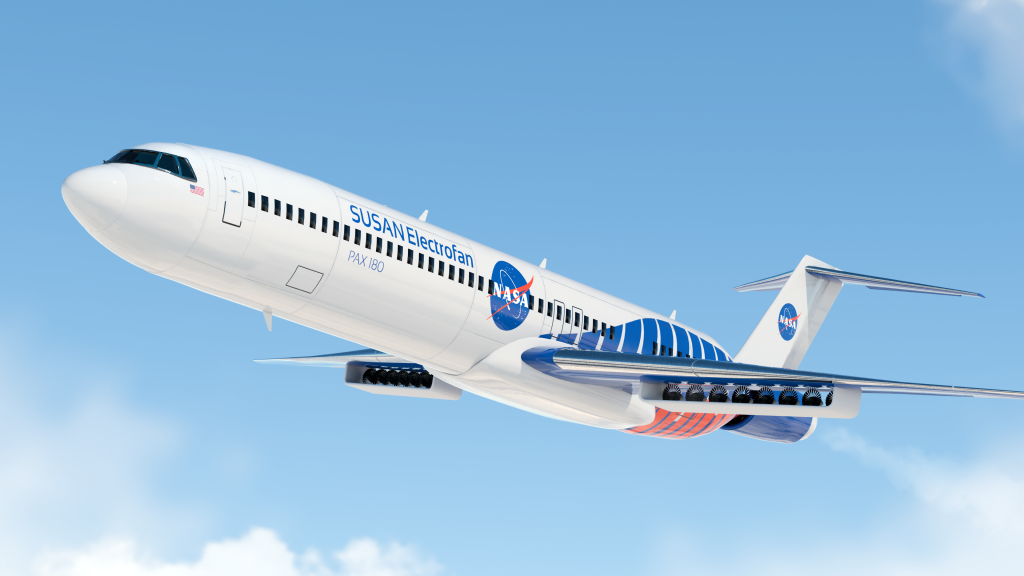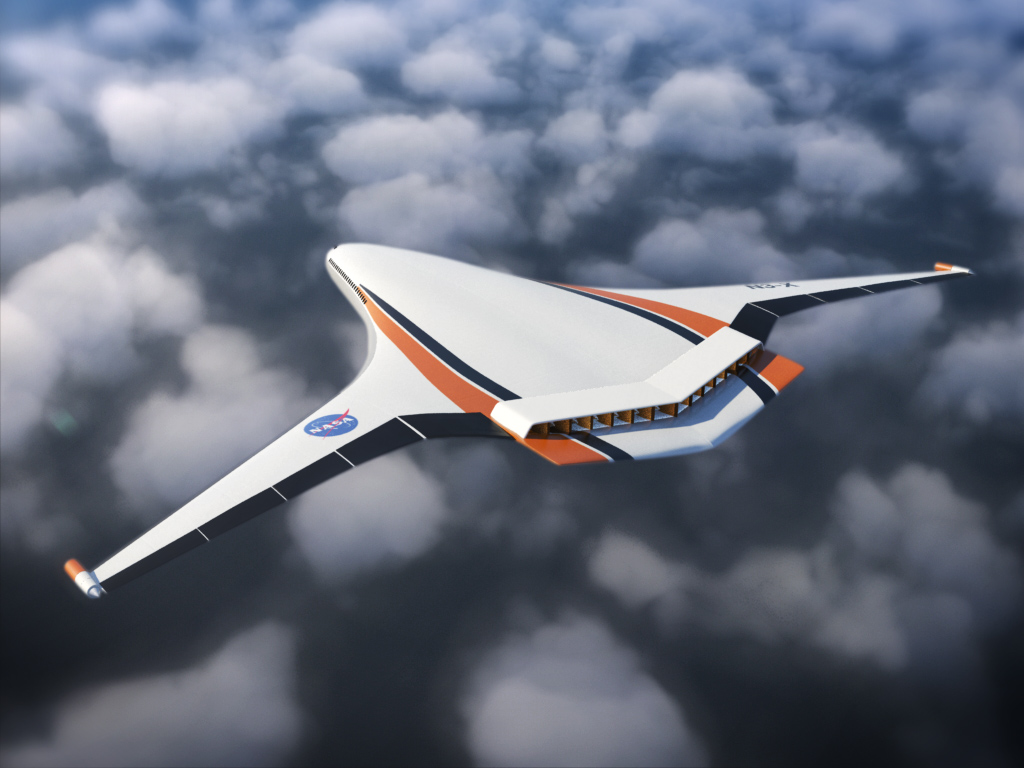Dust on Earth creates a nuisance in our homes and causes a few allergic sneezes. It might seem benign, but mitigating Earth’s dust has been the focus of extensive terrestrial engineering with applications from mining to food to cosmetics. On the Moon, dust creates a unique set of challenges – which will require new technology to overcome and ensure space exploration system reliability and astronaut safety. While Earth-based mitigation strategies could be foundational for lunar dust solutions, extraterrestrial dust has unique attributes that require innovative solutions.
Lunar dust is highly abrasive, and the Moon’s weak gravity doesn’t quickly pull those particles back to the surface. Lunar dust particles pose a danger to astronaut health, and mixing this dust with technology is like running coarse sandpaper over billion-dollar instrumentation and equipment. With a clear risk to equipment and missions, it’s vital that NASA engineers overcome the challenges presented by lunar dust in the quest to land the first woman and first person of color at the Moon’s South Pole in the Artemis program.
Enter NASA’s 2021 Breakthrough, Innovative and Game-Changing (BIG) Idea Challenge, where teams of college students developed novel dust mitigation (or dust tolerant) concepts to aid NASA in engineering technologies that could be used for crewed or uncrewed Moon exploration applications.
On Nov. 18, at the 2021 BIG Idea Virtual Forum, Washington State University with “Leidenfrost dusting as a novel tool for lunar dust mitigation,” advised by Jacob Leachman, scored highest across evaluation criteria among the seven finalist teams to take the top honor – the Artemis Award, presented by NASA’s associate administrator for the Space Technology Mission Directorate Jim Reuter.
The team proposed a spray bar that uses cryogenic liquid droplets to lift and transport lunar dust from spacesuit materials.
“Thank you so much for the incredible opportunity to help solve the ubiquitous, abrasive, and electrically-charged lunar dust challenge,” said Ian Wells, Washington State University team lead. “We are over the Moon to receive this prestigious award and look forward to continuing work on returning astronauts to the Moon.”
Participating BIG Idea teams could select from a broad variety of mitigation needs, such as lofted dust at landing, dust removal from spacesuits and other surfaces, minimizing dust obstruction of optical equipment, and reducing in-cabin particulate levels. Designs were given constraints, such as current technology specifications and environmental limitations (like temperatures) of the lunar South Pole prospective landing zone.
Teams designed, built, and tested their solutions in a simulated lunar environment over the course of one and a half years of academic work, with backing from NASA- and National Space Grant and Fellowship-affiliated funding awards of up to $180,000, totaling nearly $1 million across teams. The program concluded with an annual Forum, where teams presented concepts and answered questions from judges in a one-hour format followed by an interactive poster session. The Nov. 17-18, 2021, forum was held online due to ongoing risks of COVID-19. NASA and aerospace industry experts judged solutions on technical innovation, credibility, and management, as well as teams’ high-fidelity verification and performance testing. In addition to the presentation, teams supplied a technical paper and technical poster that provided details on their proposed lunar dust solutions.
As an important added benefit of the forum, judges and program sponsors had the opportunity to glean innovative technology ideas for real-world applications.
“Dust mitigation is relevant in nearly every realm of surface exploration in NASA’s portfolio,” said Gary Meyering, program manager of the Space Technology Mission Directorate’s Game Changing Development Office. “It’s a timely and important task. This challenge brings out-of-the-box thinking to our current goals. NASA now has seven really great ideas for lunar dust mitigation that have already been well fleshed out by the participating teams – each helping us to narrow our focus.”
The awards ceremony kicked off with congratulatory remarks by NASA Deputy Administrator Pam Melroy. Melroy, one of only two women to command a space shuttle, logged more than 38 days in space as a NASA astronaut. In addition to the top spot, several teams were recognized in other categories, including:
- Best Technical Poster – University of Central Florida
- Best Technical Paper – Washington State University
- Best Human Factors Design – Georgia Institute of Technology
- Best Collaboration and Systems Engineering (for industry collaboration and commercial partnerships) – Colorado School of Mines
- Best Subsystem Design (for exceptional electronics development) – Missouri University of Science and Technology
- Most Creative Concept – Brown University and Rhode Island School of Design
- Best Product Development (because “it’s not a concept; it’s reality”) – California Institute of Technology
Dust mitigation is important for taking humans back to the Moon and establishing extended human presence. Field demonstrations and technological advances on the Moon are vital to enabling travel to other, more challenging environments, such as Mars. This type of research improves feasibility and viability as well as lowers costs, improves safety and boosts performance of our deep space systems. The street goes both ways, too – advances on Earth feed advances in space exploration, while technology gains in space will continue to improve technology on Earth.
The research and testing conducted by the 2021 BIG Idea Challenge teams supplied NASA with a variety of promising concepts to drive these important innovations.
“Through student-focused activities like the BIG Idea Challenge, NASA harnesses the talent and creativity of students from across the country to create the new technologies needed to meet our ambitious goals,” said Kris Brown, NASA’s deputy associate administrator for STEM Engagement. “At this exciting time in the Agency’s history, the new perspectives and solutions these students bring are valuable.”
The 2021 BIG Idea Challenge is sponsored by NASA through a collaboration between the Space Technology Mission Directorate’s Game Changing Development program and the Office of STEM Engagement’s Space Grant and Fellowship project. The challenge is managed by the National Institute of Aerospace.
The teams’ presentations, technical papers, and digital posters are available on the BIG Idea website:
http://bigidea.nianet.org/competition-basics/2021-forum-results.
To learn more about other Artemis student challenges, visit:
https://www.nasa.gov/stem/artemis.html
To learn more about the BIG Idea Challenge, visit:




























